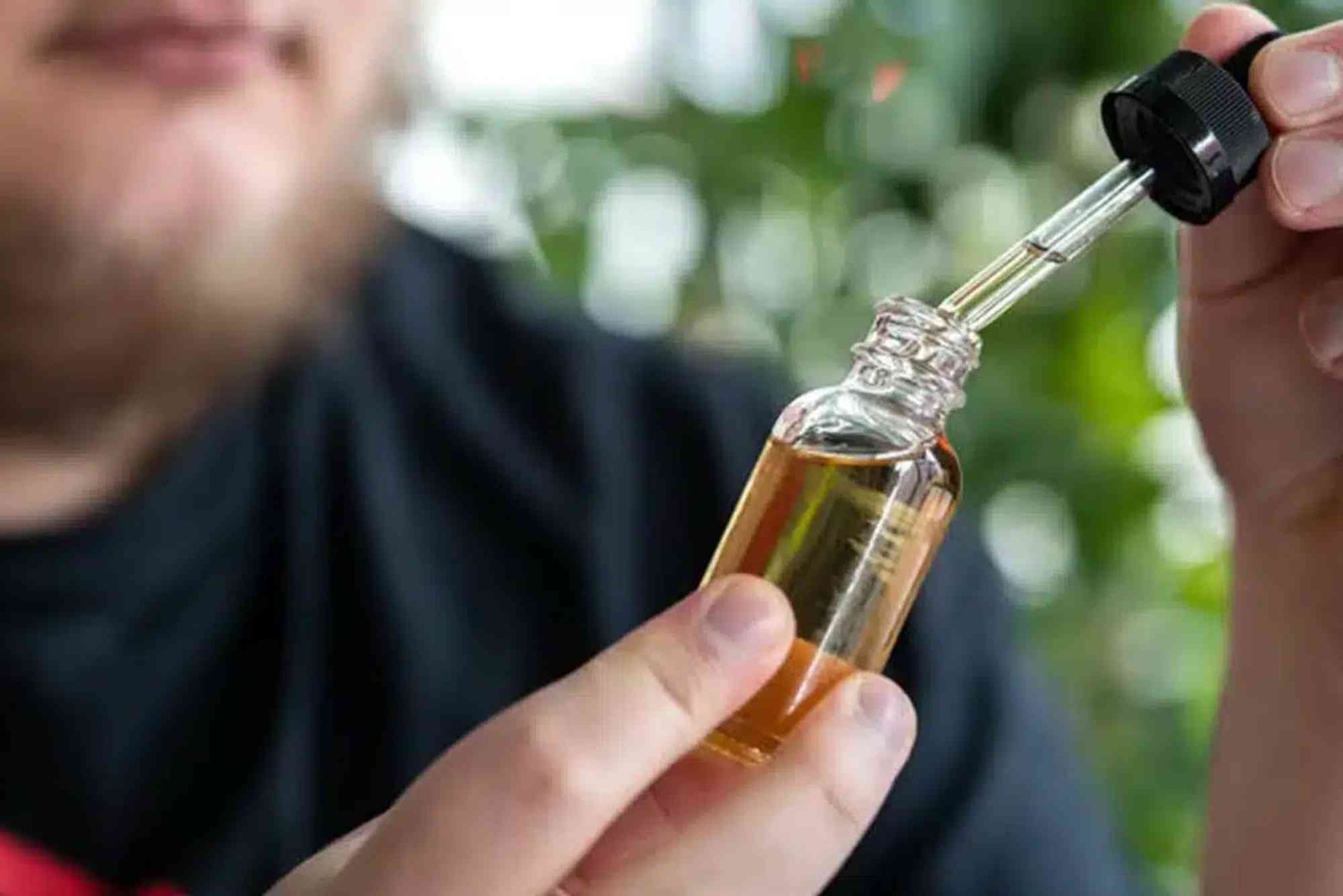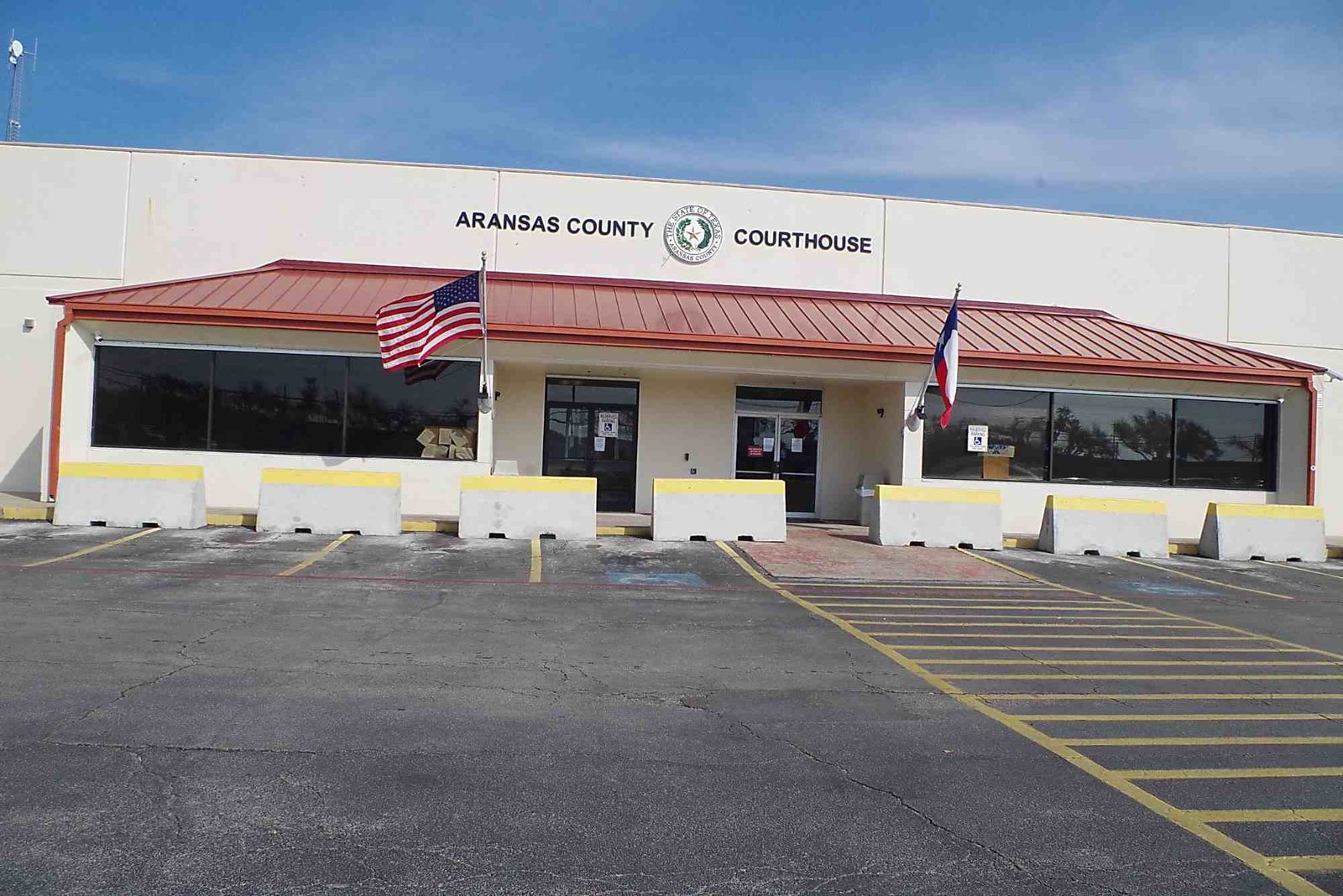Introduction
Who doesn’t love pizza? Whether it’s homemade, from your favorite local pizzeria, or leftover from last night’s dinner, pizza is one of the most popular comfort foods worldwide. But what happens when you forget to put it in the fridge before bed? You wake up, see that half-eaten pizza on the counter, and wonder: Is it safe to eat pizza left out overnight?
In this guide, we’ll uncover the truth about pizza safety, bacteria growth, and what you should do when pizza sits out too long. By the end, you’ll know when it’s fine to reheat and enjoy—and when it’s time to toss it out.
Understanding Food Safety Rules
Food safety experts, including the USDA and FDA, agree that perishable foods like pizza should not sit at room temperature for more than two hours. When pizza is left out overnight, it enters what’s known as the “danger zone”—a temperature range between 40°F (4°C) and 140°F (60°C) where bacteria multiply rapidly.
If your pizza has meat toppings like pepperoni, sausage, or chicken, it becomes even riskier because these ingredients spoil faster than vegetables or cheese.
Why Pizza Left Out Overnight Can Be Risky
When pizza sits out overnight, the cheese and toppings are exposed to bacteria such as Staphylococcus aureus, Salmonella, and Listeria. These can cause food poisoning symptoms like nausea, vomiting, or stomach cramps.
Even though the pizza might look and smell fine, bacteria don’t always make food appear spoiled. That’s why experts always recommend discarding pizza that’s been left out for more than two hours—especially overnight.
Bacterial Growth on Pizza
-
At room temperature: Bacteria can double every 20 minutes.
-
In warm climates: Growth happens even faster, making overnight pizza especially unsafe.
-
With moisture and fat: Cheese and sauce create the perfect environment for bacteria to thrive.
Common Misconceptions About Leftover Pizza
Some people assume that reheating leftover pizza kills all bacteria. While heating can reduce bacterial levels, it doesn’t guarantee safety. Toxins produced by bacteria may remain even after the pizza is piping hot.
Another myth is that vegetarian pizza is safer to eat the next morning. Unfortunately, all pizzas—meat or veggie—can harbor dangerous microbes if not refrigerated promptly.
How Long Pizza Can Sit Out Safely
According to USDA guidelines, pizza should not sit out for more than two hours at room temperature. In hot weather (above 90°F or 32°C), that time drops to just one hour. After that, harmful bacteria may multiply to unsafe levels.
If you fall asleep and wake up to pizza that’s been out overnight, don’t take the risk. As tempting as it is, it’s best to discard it. Foodborne illness isn’t worth a few leftover slices.
Safe Ways to Store Pizza
To keep your pizza fresh and safe to eat later, proper storage is key.
Refrigerating Pizza
Store your pizza in the fridge within two hours of cooking or delivery. Use airtight containers or wrap slices tightly in aluminum foil or plastic wrap. Refrigerated pizza stays safe for up to four days.
Freezing Pizza
For longer storage, freezing is your best option. Wrap slices individually in foil or freezer-safe bags. Frozen pizza maintains quality for up to two months. When you’re ready to eat, reheat it in an oven or air fryer for a crisp texture.
The Right Way to Reheat Pizza
To safely reheat leftover pizza, use one of these methods:
-
Oven: Preheat to 375°F (190°C) and heat for 10–12 minutes.
-
Skillet: Heat on medium with a few drops of water and cover for 3–5 minutes.
-
Air fryer: Reheat at 350°F (175°C) for 3–4 minutes.
Avoid reheating pizza multiple times. Each reheat encourages bacterial growth and lowers food quality.
Signs Your Leftover Pizza Has Gone Bad
Even if you stored it correctly, pizza can still spoil after several days. Watch out for these warning signs:
-
Sour or off smell
-
Slimy texture
-
Mold on cheese or crust
-
Unusual taste after reheating
If you notice any of these, throw it away immediately. Eating spoiled pizza can lead to serious foodborne illness.
What Experts Say
Food safety experts emphasize that eating pizza left out overnight is not worth the risk. According to the USDA, perishable foods that stay out for over two hours should be discarded. Even if you plan to reheat it, there’s no guarantee that harmful bacteria or toxins are eliminated.
If you’re still tempted, think of it this way: a new pizza costs a few dollars, but food poisoning can cost you a hospital visit.
Practical Tips for Pizza Safety
-
Always refrigerate leftovers promptly.
-
Use airtight containers for freshness.
-
Label containers with storage dates.
-
Avoid leaving pizza boxes on the counter overnight.
When in doubt, throw it out. It’s the simplest and safest food safety rule.
Related Reading for Food Lovers
Curious about similar food safety topics? Check out this Is It Ok To Eat Pizza That Sat Out Overnight article for more in-depth food insights and tips. You can also explore another Related Food article to discover interesting topics that blend food, science, and culture. For the latest scientific research on food safety, Learn more from reliable sources.
FAQs
Can I eat pizza that’s been sitting out all night if it has no meat?
No. Even vegetarian pizza can grow harmful bacteria when left at room temperature overnight.
What if I left pizza in the box overnight but my room was cool?
Even in a cool room, the temperature rarely stays below 40°F (4°C), which means bacteria can still grow.
Can reheating pizza kill all bacteria?
Reheating can kill some bacteria, but it doesn’t remove toxins produced by them, so it’s still unsafe.
How long can leftover pizza last in the fridge?
Properly refrigerated pizza can last up to four days safely.
What’s the best way to store leftover pizza overnight?
Place slices in an airtight container and refrigerate within two hours of cooking or delivery.
So, is it safe to eat pizza left out overnight? The answer is a clear no. Even if it looks okay, bacteria invisible to the eye can make you sick. Always refrigerate or freeze your leftovers as soon as possible to keep them safe and delicious.
The next time you’re tempted by that forgotten pizza slice on the counter, remember: it’s better to stay healthy than sorry. Follow food safety best practices and enjoy your pizza the right way—fresh, flavorful, and safe.







